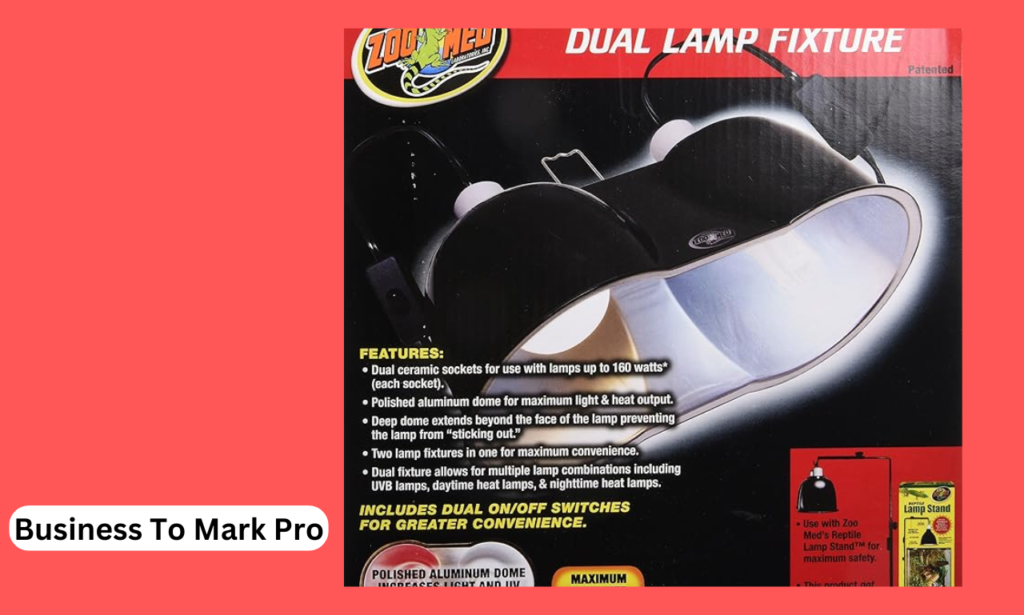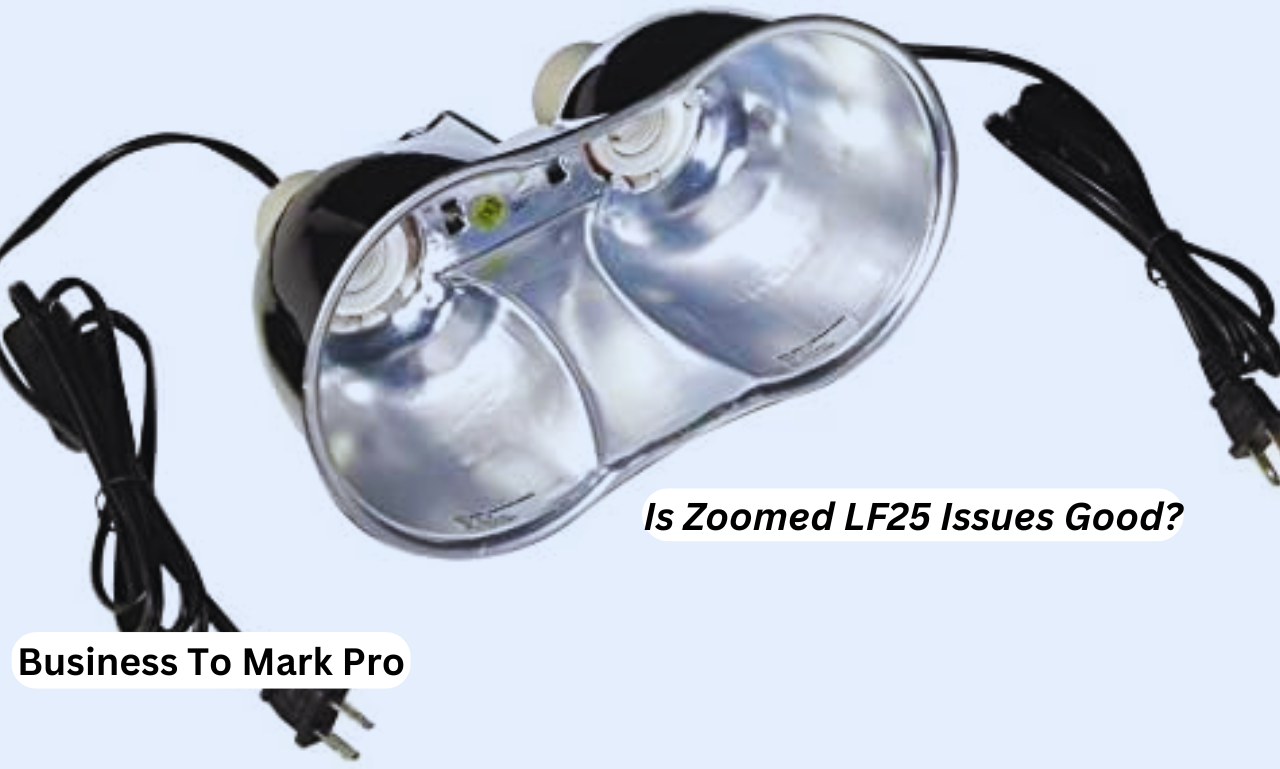Have you ever found yourself wondering, “Is Zoomed LF25 issues good or bad for my setup?” Whether you’re an aquarium enthusiast, reptile keeper, or simply looking for reliable lighting solutions, the Zoomed LF25 has likely caught your attention. But like any product, it’s essential to weigh the good and the bad before making a purchase. In this article, we’ll take a deep dive into the Zoomed LF25, exploring its features, performance, and whether the reported issues truly impact its overall quality. So, let’s shed some light on the subject!
What is the Zoomed LF25?

The Zoomed LF25 is a lighting fixture designed primarily for use in terrariums and aquariums. Known for its versatility, this fixture can be used for a variety of pets, including reptiles, amphibians, and aquatic creatures. It’s built to work with different types of bulbs such as compact fluorescent, incandescent, and halogen, giving users flexibility in achieving the desired lighting and heating for their enclosures.
Why the Zoomed LF25?
Before we dive into the issues, it’s essential to understand why the Zoomed LF25 is popular in the first place. Here’s a quick look at its key selling points:
- Versatility: The ability to work with different bulbs makes the Zoomed LF25 an adaptable choice for various environments.
- Affordability: Compared to other lighting fixtures in the market, it’s budget-friendly without sacrificing too much on quality.
- Compact Design: With a sleek and compact form, it fits well in smaller setups without being intrusive.
But the real question remains: Is Zoomed LF25 issues good or something you should worry about?
Common Zoomed LF25 Issues

1. Overheating Problems
One of the most commonly reported issues with the Zoomed LF25 is overheating. Since many users pair this fixture with high-wattage bulbs to heat their reptiles’ enclosures, it can get excessively hot. This can lead to melting plastic parts or even burn out the bulb much faster than expected.
Is this issue serious?
While overheating is a valid concern, it can be managed by using bulbs with the recommended wattage and ensuring proper ventilation. Some users report better results after adding a cooling system, such as a small fan, to dissipate the heat. If you’re using the LF25 for moderate heating, the issue might not be as noticeable, but it’s something to keep in mind.
2. Socket Durability
Another issue that crops up is the durability of the socket. The LF25 uses a ceramic socket to hold the bulbs, which is a step up from plastic sockets that can melt. However, some users have reported that even the ceramic socket can wear down over time, especially if subjected to high-wattage bulbs continuously.
Is this a dealbreaker?
Not necessarily. For those using lower wattage bulbs, this might not be an issue at all. But if you’re planning to use the LF25 with high-power heating lamps, it’s a good idea to keep an eye on the socket and replace it if you notice any signs of wear.
3. Compatibility Issues
One complaint often seen in reviews is that the fixture isn’t compatible with all types of bulbs, despite its advertised versatility. Some users have found that certain compact fluorescent bulbs don’t fit as securely as they should, leading to flickering or inconsistent lighting.
How big of a problem is this?
While it can be frustrating to deal with flickering bulbs, this problem usually boils down to choosing the right size and shape of the bulb. Reading the fixture’s manual and selecting bulbs that fit snugly should help avoid this issue. Moreover, making sure you use bulbs designed for the wattage and socket type can resolve most compatibility concerns.
4. Limited Reflective Efficiency
One aspect of lighting fixtures that often gets overlooked is the reflector, which helps distribute light more efficiently throughout the enclosure. Some users have reported that the Zoomed LF25’s reflector is not as efficient as other models, leading to weaker light distribution.
Is this a major downside?
If you’re looking to create a high-light environment for your pets or plants, this could be a sticking point. However, for standard setups where moderate lighting is sufficient, this might not be a significant issue. Adding supplemental lighting or adjusting the position of the fixture can help offset any loss in reflective efficiency.
Also Read: OEX Power Module for Table: The Game Changer You’ve Been Waiting For?
How to Mitigate Zoomed LF25 Issues
If you’re still asking, “Is Zoomed LF25 issues good enough to deal with?” the answer depends on how you plan to use the fixture. The good news is, most of the issues reported with the Zoomed LF25 can be mitigated with a few adjustments and preventive measures. Here are some tips to get the best out of your Zoomed LF25 fixture:
- Stick to Recommended Wattage: Avoid using bulbs that exceed the wattage rating of the fixture to prevent overheating and socket wear.
- Regular Maintenance: Periodically check the socket and wiring for any signs of wear or damage, and replace them as necessary.
- Ensure Proper Ventilation: Make sure the fixture is placed in a well-ventilated area to prevent overheating, especially when using it for heating purposes.
- Choose Compatible Bulbs: Always double-check that your chosen bulbs fit securely in the socket and meet the recommended specifications.
The Positives of the Zoomed LF25

While we’ve highlighted the potential issues, it’s important to remember that the Zoomed LF25 has several strong positives that make it a solid choice for many users. Here are some of the reasons why the LF25 remains a popular option:
- Affordability: One of the standout features of the Zoomed LF25 is its price. For hobbyists looking for a reliable, budget-friendly lighting solution, this fixture is hard to beat.
- Ease of Installation: Setting up the LF25 is straightforward, even for those new to terrarium or aquarium lighting. It’s user-friendly and doesn’t require complicated tools or expertise.
- Versatile Applications: The LF25 is suitable for a range of environments and setups. Whether you have reptiles, amphibians, or fish, you can use this fixture to create the perfect environment.
Is the Zoomed LF25 Worth It?
So, is Zoomed LF25 issues good or bad enough to impact your purchasing decision? Like many products, the LF25 has its pros and cons. The key to making the right choice is understanding your specific needs and how the potential issues might affect you.
For many users, the LF25 provides a balance of affordability, versatility, and performance, making it a great option for smaller or less demanding setups. If you’re aware of the potential overheating and compatibility concerns, and you take the necessary precautions, the LF25 can be a reliable addition to your terrarium or aquarium.
Conclusion: Is Zoomed LF25 Issues Good?
In conclusion, the answer to “Is Zoomed LF25 issues good?” depends on how you plan to use the fixture. While it does have some reported issues, these are often manageable and don’t significantly detract from its overall value. If you’re looking for an affordable and versatile lighting solution and are willing to take a few extra steps to mitigate potential problems, the Zoomed LF25 could be a good fit for your setup.
Remember, every product has its quirks, but with the right care and attention, you can get the most out of your Zoomed LF25 fixture. Whether you’re keeping reptiles, amphibians, or aquatic life, this fixture can help you provide a suitable environment for your pets while keeping your budget in check.
FAQs About the Zoomed LF25
1. What are the common issues with the Zoomed LF25 lighting fixture?
The most common issues reported with the Zoomed LF25 include overheating, socket durability, and compatibility problems with certain bulbs. Users have also noted that the reflector’s efficiency may be lower than expected, resulting in weaker light distribution. However, most of these issues can be mitigated with proper care and maintenance, making the fixture still usable.
2. Can the Zoomed LF25 overheat, and how can I prevent this?
Yes, overheating is a common issue, especially when using high-wattage bulbs. To prevent this, stick to the recommended wattage, ensure proper ventilation around the fixture, and consider using a cooling fan to dissipate heat. Regularly inspecting the fixture for signs of overheating can also help prolong its lifespan.
3. Is the Zoomed LF25 compatible with all types of bulbs?
While the Zoomed LF25 is designed to work with a variety of bulbs, such as compact fluorescent, incandescent, and halogen, some users have reported compatibility issues. Certain bulbs may not fit securely or cause flickering. To avoid this, always check the bulb’s specifications to ensure it is compatible with the LF25 fixture.
4. How can I improve the light distribution of the Zoomed LF25?
Some users report that the reflector in the Zoomed LF25 isn’t as efficient as other fixtures, leading to uneven light distribution. To improve this, you can try adjusting the placement of the fixture or supplementing it with additional lighting. Ensuring that you use appropriate bulbs can also help enhance the overall lighting performance.
5. Is the Zoomed LF25 good for high-wattage heating lamps?
While the Zoomed LF25 can handle heating lamps, high-wattage bulbs may exacerbate issues like overheating and socket wear. If you’re using high-power heating lamps, it’s crucial to monitor the fixture closely, maintain proper ventilation, and consider periodic checks to ensure the socket and wiring remain in good condition. Lower-wattage bulbs may be a better fit for long-term use.
